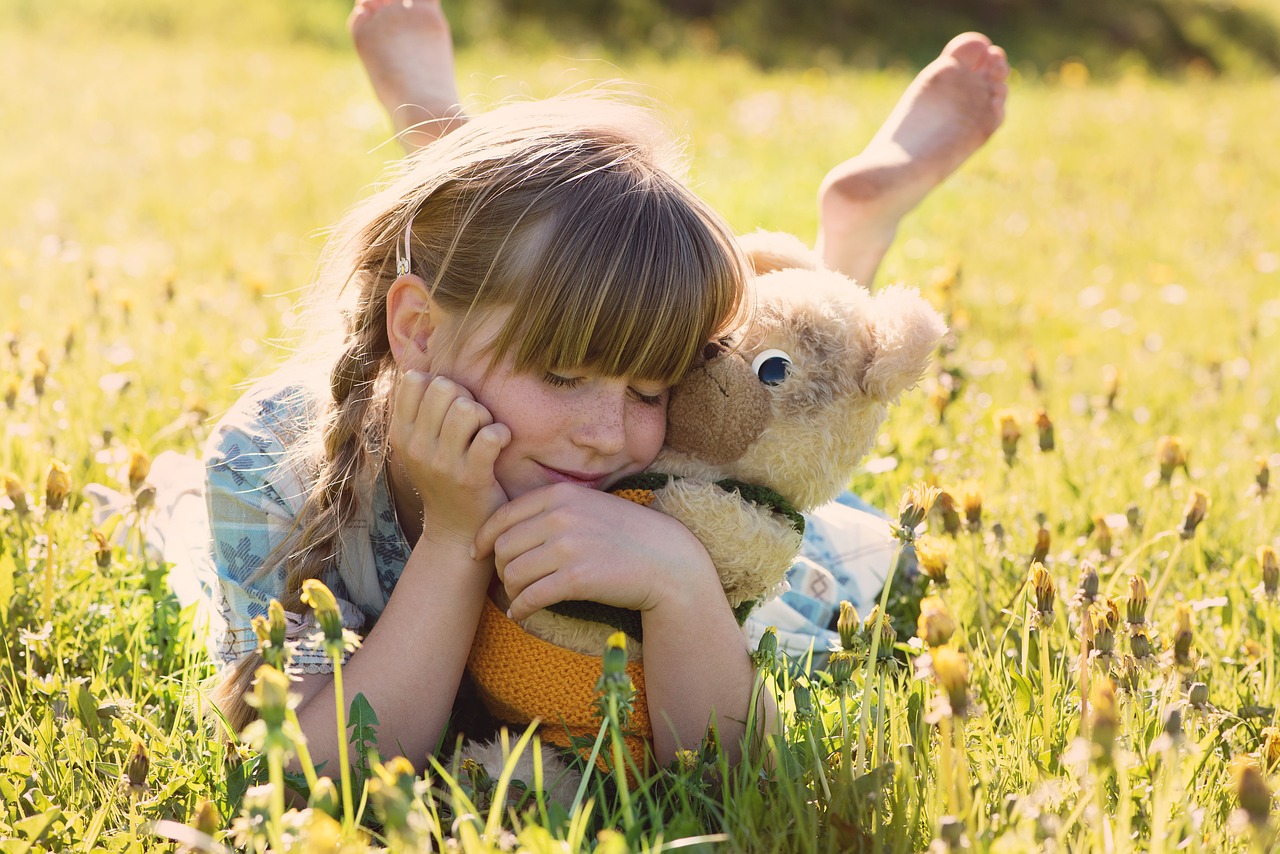Parenting: It’s a journey filled with immense joy, unbelievable challenges, and a constant learning curve. There’s no one-size-fits-all manual, but understanding key principles and practical strategies can significantly ease the path. This guide offers actionable parenting tips to help you navigate the ups and downs, fostering a nurturing environment for your children to thrive.
Building Strong Connections: The Foundation of Positive Parenting
A strong parent-child relationship is the bedrock of effective parenting. When children feel loved, understood, and secure, they are more likely to cooperate, communicate openly, and develop healthy emotional intelligence.
Prioritize Quality Time
- Dedicated Playtime: Set aside 15-30 minutes each day for focused playtime. Let your child lead the activity – build LEGO castles, play pretend, or read together. The key is undivided attention.
Example: Schedule “Special Time” after dinner, where your child chooses the activity and you participate fully without distractions.
- Family Meals: Aim for regular family meals, even if it’s just a few times a week. This provides an opportunity for connection, conversation, and shared experiences.
Statistic: Studies show that children who regularly eat meals with their families tend to have better academic performance and fewer behavioral problems (Source: The Family Dinner Project).
- Bedtime Rituals: Establish a calming bedtime routine that includes reading, storytelling, or simply talking about the day. This helps children feel secure and promotes healthy sleep habits.
Actionable takeaway: Start a bedtime routine 30 minutes before bedtime, dimming the lights and avoiding screen time.
Active Listening and Empathy
- Put Down Distractions: When your child is talking to you, put down your phone, turn off the TV, and give them your full attention.
Practical example: Make eye contact, nod, and use verbal cues like “I understand” or “Tell me more” to show you’re engaged.
- Validate Feelings: Acknowledge and validate your child’s emotions, even if you don’t agree with their behavior. Avoid dismissing their feelings with phrases like “Don’t be sad” or “It’s not a big deal.”
Example: If your child is upset about losing a game, say “I understand you’re disappointed you lost. It’s okay to feel sad.”
- Practice Reflective Listening: Repeat back what your child is saying in your own words to ensure you understand their perspective.
Example: “So, it sounds like you’re feeling frustrated because your brother took your toy without asking?”
Setting Clear Expectations and Boundaries
Children thrive in environments with clear expectations and consistent boundaries. This provides them with a sense of security and helps them learn self-control and responsibility.
Establish Age-Appropriate Rules
- Keep it Simple: Create a few simple, easy-to-understand rules that are appropriate for your child’s age and developmental stage.
Example: “We treat each other with respect,” “We clean up after ourselves,” “We use our indoor voices inside.”
- Explain the “Why”: Explain the reasons behind the rules, so children understand why they are important.
Practical Example: Instead of simply saying “No hitting,” explain “We don’t hit because it hurts people.”
- Involve Children in Rule-Making (Where Appropriate): For older children, involve them in the process of creating rules and consequences. This gives them a sense of ownership and makes them more likely to follow them.
Consistency is Key
- Enforce Rules Consistently: Apply consequences consistently when rules are broken. Inconsistency can confuse children and undermine the effectiveness of your discipline.
Actionable takeaway: Create a chart with rules and consequences clearly outlined and visible in a common area.
- Communicate with Your Partner (If Applicable): Ensure that you and your partner are on the same page regarding rules and consequences. This prevents children from playing one parent against the other.
- Be Prepared to Adjust: As your child grows and develops, be prepared to adjust the rules and consequences accordingly.
Positive Discipline Strategies
Discipline is about teaching, not punishment. Positive discipline strategies focus on guiding children’s behavior, fostering self-discipline, and building a strong parent-child relationship.
Focus on Positive Reinforcement
- Catch Them Being Good: Focus on praising and rewarding positive behaviors. This encourages children to repeat those behaviors in the future.
Example: “I really appreciate how you helped your sister clean up her toys. That was very kind of you.”
- Use Specific Praise: Be specific when praising your child’s efforts or accomplishments. Instead of saying “Good job,” say “I’m so proud of how hard you worked on your drawing. The colors are beautiful!”
- Offer Tangible Rewards (Sparingly): Use tangible rewards like stickers, small toys, or extra screen time as occasional incentives for good behavior.
Important: Avoid using rewards as bribes. Focus on reinforcing intrinsic motivation.
Implement Time-Outs Effectively
- Use Time-Outs for Calm-Down: Time-outs should be used as a way for children to calm down and regain control of their emotions, not as a punishment.
Actionable takeaway: Designate a quiet, safe space for time-outs.
- Keep Time-Outs Short: Time-outs should be brief, typically one minute per year of age.
- Talk About It Afterward: After the time-out, talk to your child about what happened and help them understand how they can handle similar situations differently in the future.
Redirect Negative Behavior
- Offer Alternatives: Instead of simply telling your child “No,” offer them an alternative activity.
Example: If your child is drawing on the walls, offer them paper and crayons instead.
- Change the Environment: Sometimes, simply changing the environment can help redirect negative behavior.
Example: If your child is getting restless indoors, take them outside to play.
Taking Care of Yourself: The Importance of Self-Care
Parenting can be demanding and overwhelming. It’s essential to prioritize self-care to maintain your physical and mental well-being. A healthy and happy parent is better equipped to provide a nurturing environment for their children.
Schedule Regular “Me Time”
- Even Small Amounts Help: Even short periods of “me time” can make a big difference. Schedule 15-30 minutes each day to do something you enjoy, whether it’s reading, taking a bath, or going for a walk.
- Ask for Help: Don’t be afraid to ask for help from your partner, family members, or friends.
- Join a Support Group: Connecting with other parents can provide valuable support and understanding.
Prioritize Sleep and Nutrition
- Aim for 7-8 Hours of Sleep: Sleep deprivation can significantly impact your mood, energy levels, and ability to cope with stress.
- Eat a Healthy Diet: Nourish your body with nutritious foods to maintain energy and support your overall health.
- Stay Hydrated: Drink plenty of water throughout the day.
Practice Stress Management Techniques
- Deep Breathing Exercises: Practice deep breathing exercises to calm your nerves and reduce stress.
- Mindfulness Meditation: Engage in mindfulness meditation to focus on the present moment and reduce anxiety.
- Physical Activity: Regular exercise can help reduce stress, improve your mood, and boost your energy levels.
Conclusion
Parenting is a journey, not a destination. There will be ups and downs, successes and setbacks. By focusing on building strong connections, setting clear expectations, using positive discipline strategies, and prioritizing self-care, you can create a nurturing environment for your children to thrive and enjoy the incredible adventure of parenthood. Remember to be patient, be kind to yourself, and celebrate the small victories along the way. Every child is unique, and the most effective parenting strategies are those tailored to their individual needs and personality.




